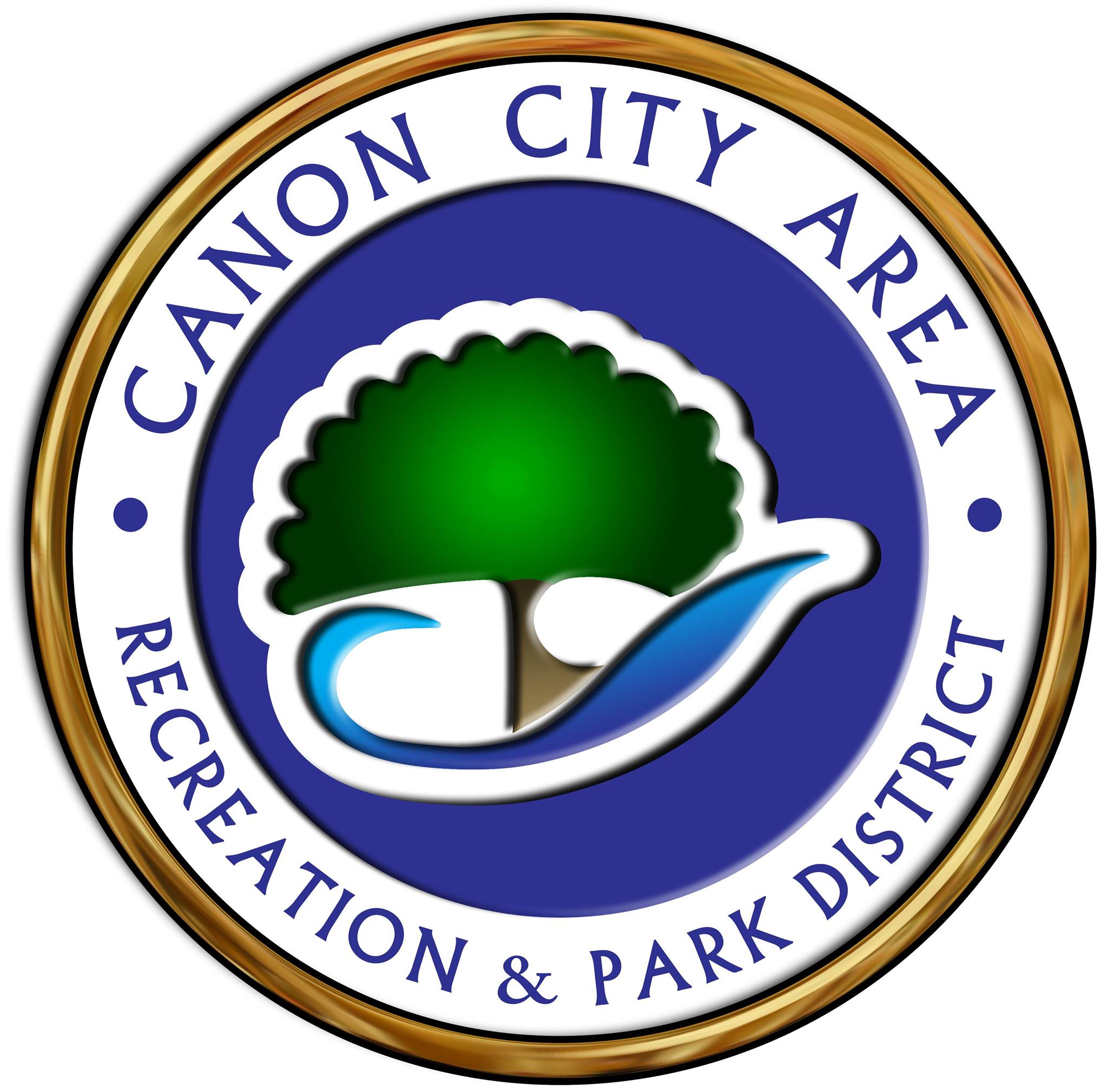Ballot Question 6A
Official Ballot Results
Yes/For 7,073 (48.15%)
No/Against 7,615 (51.85%)
Total Ballots Cast 14,688
Eligible Voters 20,401
CAÑON CITY AREA METROPOLITAN RECREATION AND PARK DISTRICT BALLOT ISSUE # 6A: OPERATING MILL LEVY
SHALL CAÑON CITY AREA METROPOLITAN RECREATION AND PARK DISTRICT TAXES BE INCREASED UP TO $1.15 MILLION ANNUALLY (FOR COLLECTION IN CALENDAR YEAR 2025) AND BY SUCH ADDITIONAL AMOUNTS RAISED ANNUALLY THEREAFTER BY AN AD VALOREM PROPERTY TAX IMPOSED AT A RATE OF FOUR (4) MILLS IN ORDER TO MEET INCREASING OPERATIONAL COSTS AND TO PROVIDE RECREATIONAL PROGRAMS AND SERVICES (INCLUDING BUT NOT LIMITED TO THE OPERATION OF A SWIMMING POOL); AND SHALL THE DISTRICT BE ALLOWED TO RETAIN AND SPEND PROPERTY TAX REVENUE ABOVE ANNUAL LIMITS WHICH MIGHT OTHERWISE APPLY OR BE PROPOSED, INCLUDING AS AN APPROVED EXCEPTION TO THE LIMITATION SET FORTH IN SECTION 29-1-301 OF THE COLORADO REVISED STATUTES?
What does this language mean?

This question would increase the operational mill levy of the Recreation District to provide funding for current District operations and the operations of the proposed swimming pool. The four (4) mill ask is the lowest proposed property tax increase from a government entity in our community in decades.
For pool operations, the estimated subsidy for the proposed facility is between $320,000 and $360,000 per year. This is not unusual for a public pool. Yes, the pool operations will generate revenue, but because the facility is a service it will not be self-sustaining. There are only five publicly operated pools in the country that turn a profit, the rest are subsidized. Other FAQ’s on this project explain this.

As for District operations, there has never been an increase in the mill levy for the District in its 59 years of operation. The funds would go toward ongoing operations, increases in day-to-day operations, to assist with the replacement of deferred maintenance equipment such as vehicles, backhoes, tractors, chippers, playgrounds, and pavilions just to name a few, hire three additional full-time staff to address increased workloads, pay for increases to insurance, and to provide competitive wages to attract and retain employees. The increase would also allow us to address the desire of the public to add more facilities and amenities.
Because District and pool operations are ongoing, this tax will not sunset. Conservative numbers were used to determine this tax increase, which would move us from the second lowest funded recreation district in the state per capita to the third lowest. The impact to your taxes, both residential and commercial, is listed in separate charts.
Some text goes here
